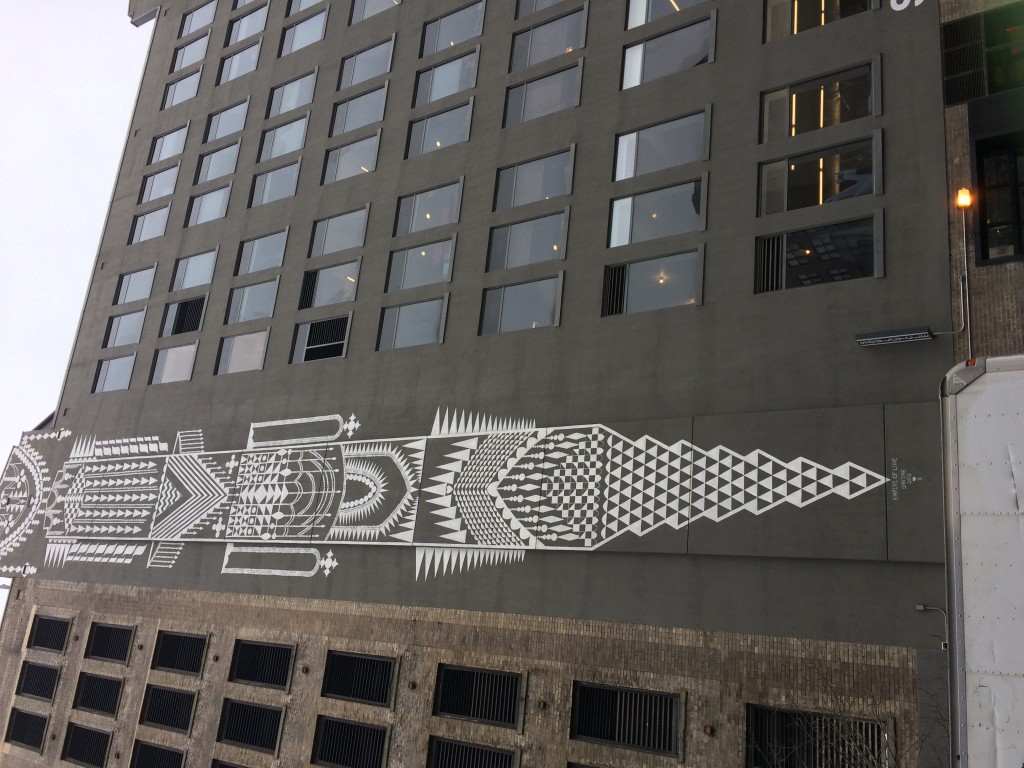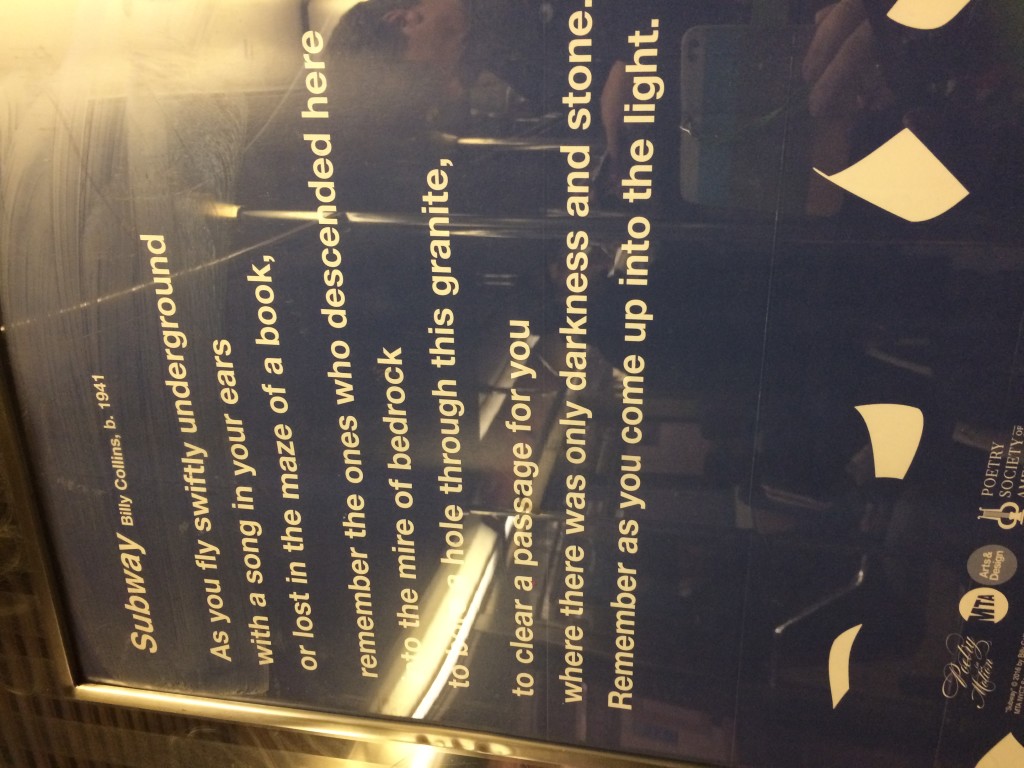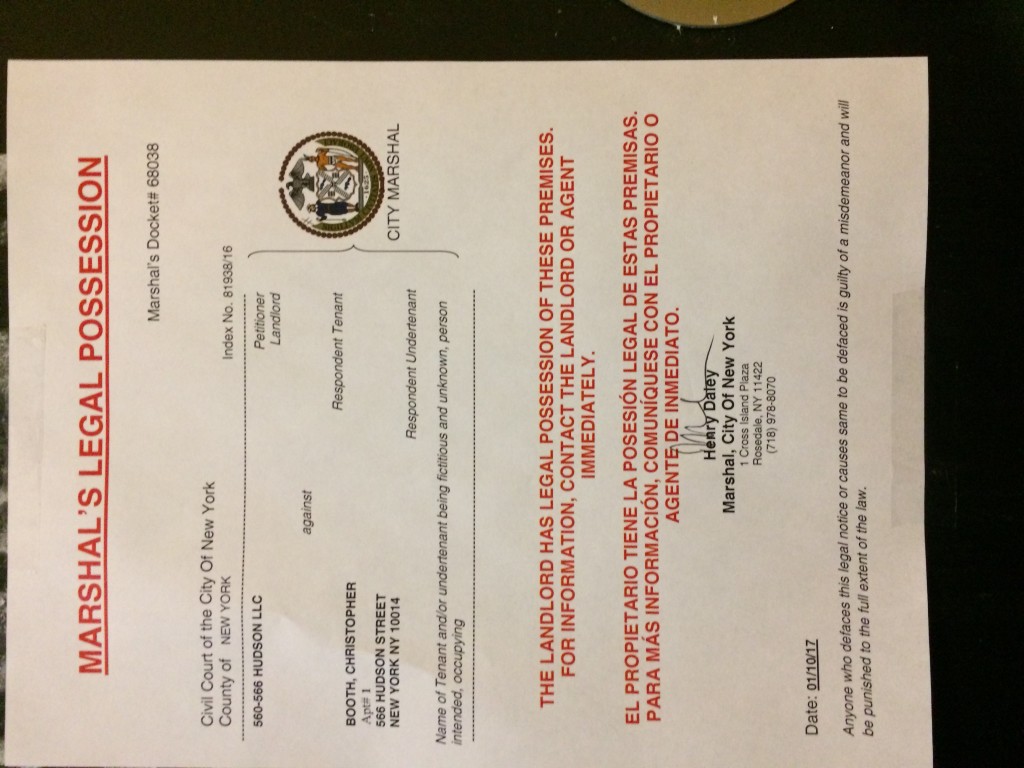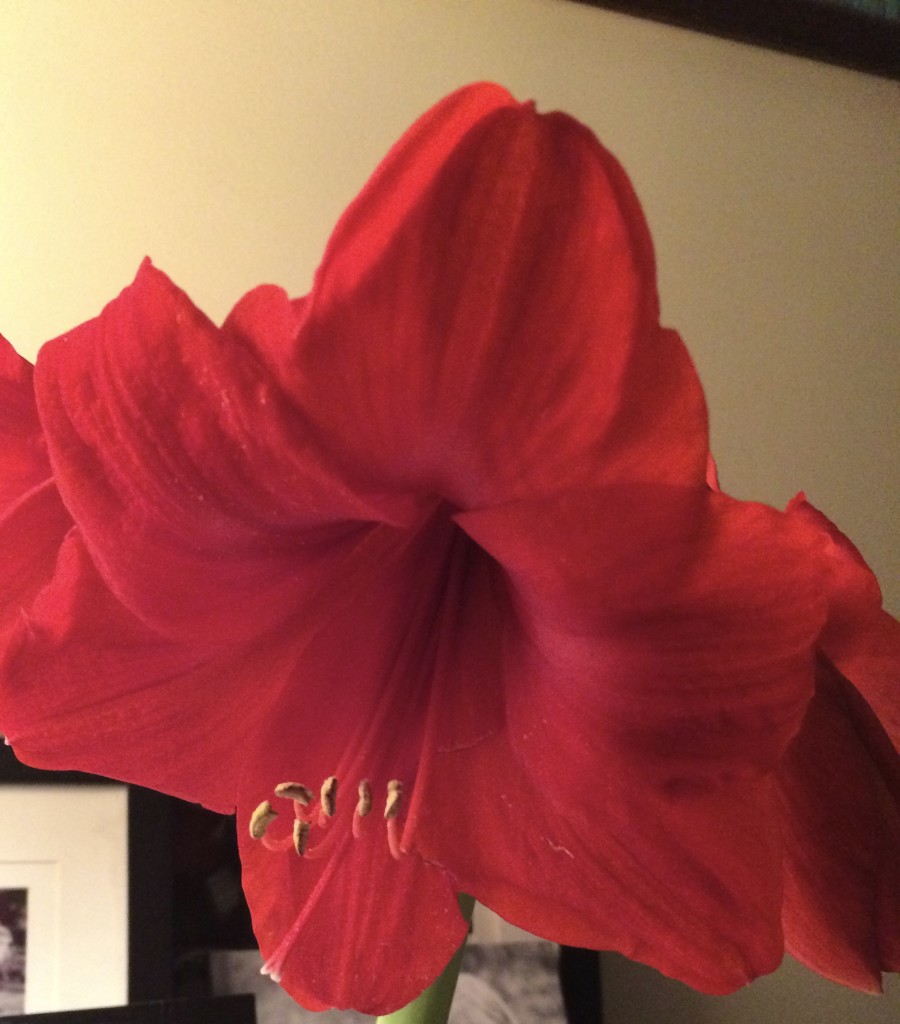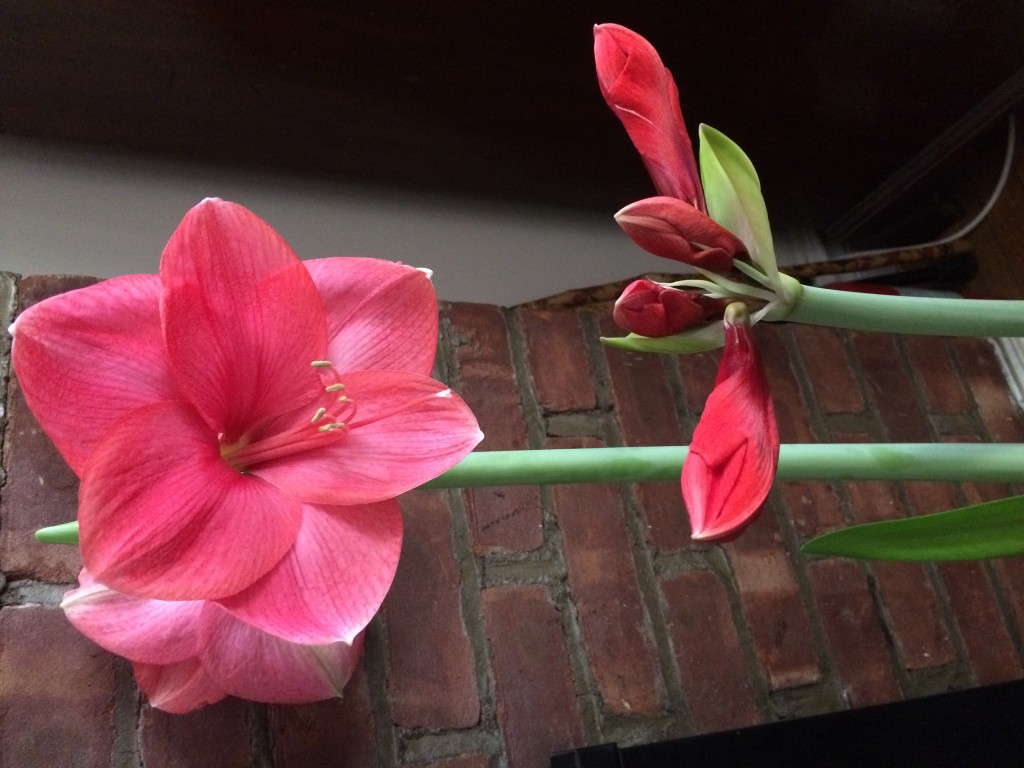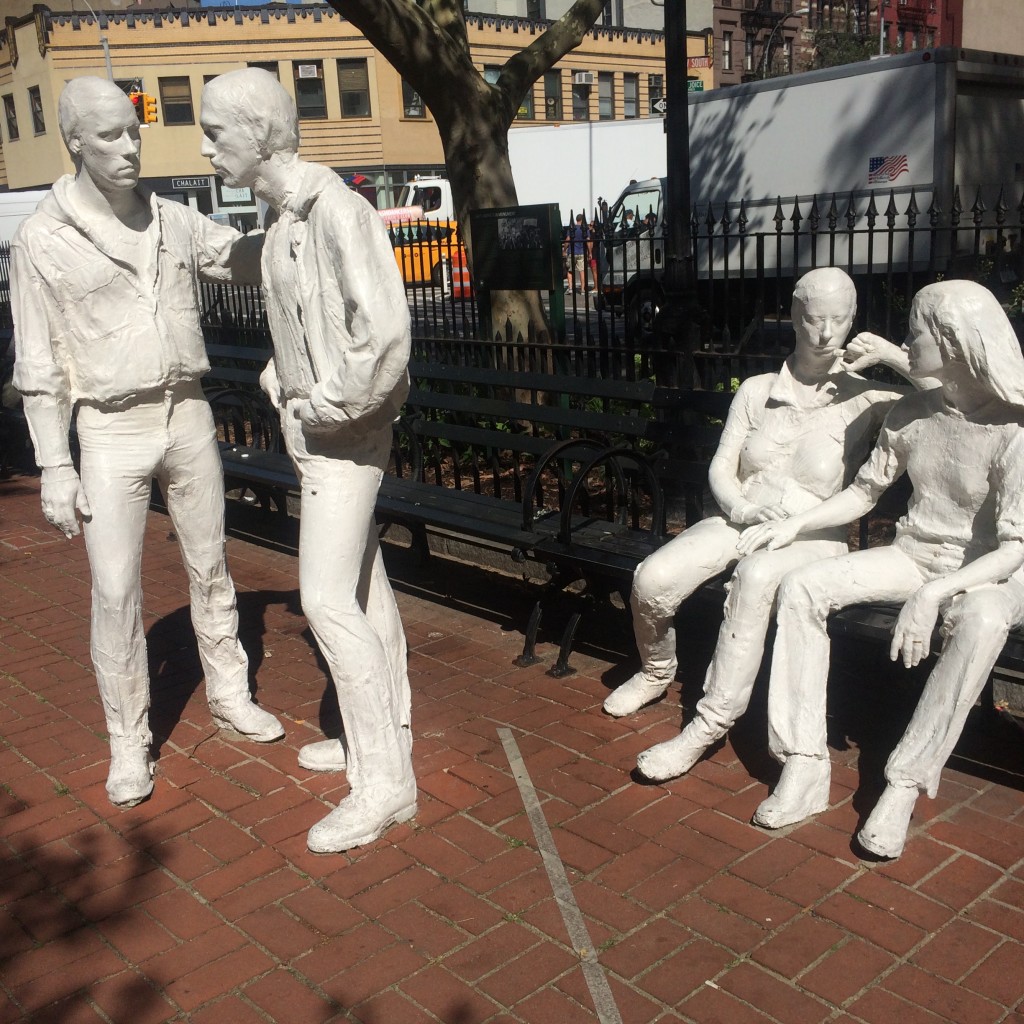Am part of a 90 day schedule to be a spokesperson for a type of tai chi program. It is a good program, as it really encourages me ‘to do it’. When the 90 days are ‘up’ will share with you more info. but not the before and after pics.
2nd Avenue Subway Line
**Seen as crucial to alleviating congestion in the nation’s biggest subway system, the new line is expected to carry about 200,000 riders a day. The entire system transports about 5.6 million riders on an average weekday.
The city’s transportation board first envisioned a Second Avenue subway in 1929, but the stock market crash and the Great Depression derailed the plan.
Ground was broken in 1972, but a fiscal crisis in the city slammed the brakes on the project again. The project finally got into high gear when major tunneling work began in 2007.
The $4.4 billion section opening Sunday was initially supposed to be completed in 2013. Delays stemmed partly from concerns about construction noise.
Local business owners and residents were celebrating construction finally coming to an end.
**FoxNews
and that is the new news. the subway is such a gift to the City.
Empire of Love
Homeless Stats for the City
59,000 people slept in shelters, of which 23,500 were children . Additionally 2800 other people slept on the streets and subways in the winter.
Support to the Bowery Mission on Bowery Street provided:
505,000 meals; 97,300 nights of safe shelter; 56,200 articles of clothing. Additionally 1200 at risk children were given a summer camp experience.
The reason you should contribute to the ‘Mission” in your town and City.
2nd Avenue Subway Line
how often does one get to be at the dawning of a new subway line. this one comes as the “L” line is stated to be put to sleep for repairs for two years. the horror stories already projected onto this change in the system are many.
Subway Poetry
This Time All Dead – or Expired
Right at Thanksgiving, the sidewalk edges are lined with fresh smelling trees, ready for the buying. On Thursday, all the trees were again on the sidewalks, but this time in random numbers, lying down and dead. The annual ‘expired tree pick up happens between 5-16 January. All non-bagged, non-decorated trees are taken and turned into mulch for the City’s parks. How efficient is that!
Make My Day!
Post Seasonal
The White Statues in Christoper Park
Christopher Park
Gay Liberation
History
This text is part of Parks’ Historical Signs Project and can be found posted within the park.
This sculpture by George Segal (1924–2000) honors the gay rights movement and commemorates the events at the Stonewall Inn opposite this park that gave rise to the movement.
Located at 51-53 Christopher Street, Stonewall Inn was formerly two adjacent two-story stable houses erected in 1843 and 1846. After numerous alterations, the two buildings were joined into a restaurant by the 1930s. By the 1950s the place was known as Stonewall Inn Restaurant. In 1966, it closed for renovations, and reopened in the following year as a private club known as Stonewall Inn – a bar and dance hall which, like numerous local establishments, catered to the homosexual community of Greenwich Village.
In the early hours of June 28, 1969, police raided the Stonewall Inn and a melee ensued in which 13 people were arrested. Word of the raid and the resistance to it soon spread, and the next day hundreds gathered to protest the crackdown and advocate the legalization of gay bars. Further protests erupted in early July, and on July 27, a group of activists organized the first gay and lesbian march, from Washington Square to Stonewall. The events of that summer and their aftermath are often credited as the flashpoint for the gay rights movement in the United States.
A decade later, Peter Putnam (1927–1987), a wealthy arts patron from Louisiana and trustee of the Mildred Andrews Fund, commissioned the Gay Liberation monument. With Putnam as its steward, the Fund had commissioned other contemporary sculptures, notably George Segal’s Kent State Memorial and Richard Hunt’s Harlem Hybrid. Though Segal was not the first artist approached, he accepted the commission, which stipulated only that the work “had to be loving and caring, and show the affection that is the hallmark of gay people . . . and it had to have equal representation of men and women.”
George Segal was an important and influential American artist in the late 20th century. Born and raised in New York City, he settled in 1940 on a farm in South Brunswick, New Jersey. His first one-man exhibit was in 1956 at Hansa Gallery, and he was later represented by Sidney Janis Gallery. Segal’s work is in more than 65 public collections, and he has been the subject of several major museum retrospectives. Some of his more noteworthy pieces include The Holocaust (1982) in San Francisco’s Golden Gate Park, The Commuters (1982) in New York’s Port Authority Bus Terminal, and his three tableaux for the Franklin Delano Roosevelt Memorial in Washington, DC. (1995).
Segal’s conception for Gay Liberation is typical of his work. Four figures – two standing males and two seated females – are positioned on the northern boundary of the park, in natural, easy poses. Using a process in which bronze casts are made from plaster moulds from the human models, Segal tempers the realistic surfaces with an unearthly white-painted finish. The result is specific, evocative, and understated, showing the public comfort and freedom to which the gay liberation movement aspired.
Though the work had received all of its community and design approvals by 1982, public opposition and a planned renovation of Christopher Park (completed in 1985) sidelined the project for years. In the meantime, a second cast of the piece was installed on the campus of Stanford University in Palo Alto, California. On June 23, 1992, Mayor David N. Dinkins and Parks Commissioner Betsy Gotbaum helped unveil the monument in Christopher Park. The initial opposition and rancor which had greeted the project had subsided; the advent of AIDS, which had devastated the gay community in particular, added another poignant dimension to the monument and its mute figures’ impact. In March 2000, Stonewall Inn was designated a National Historic Landmark. Today, Segal’s sculpture is a popular pilgrimage site for tourists a

